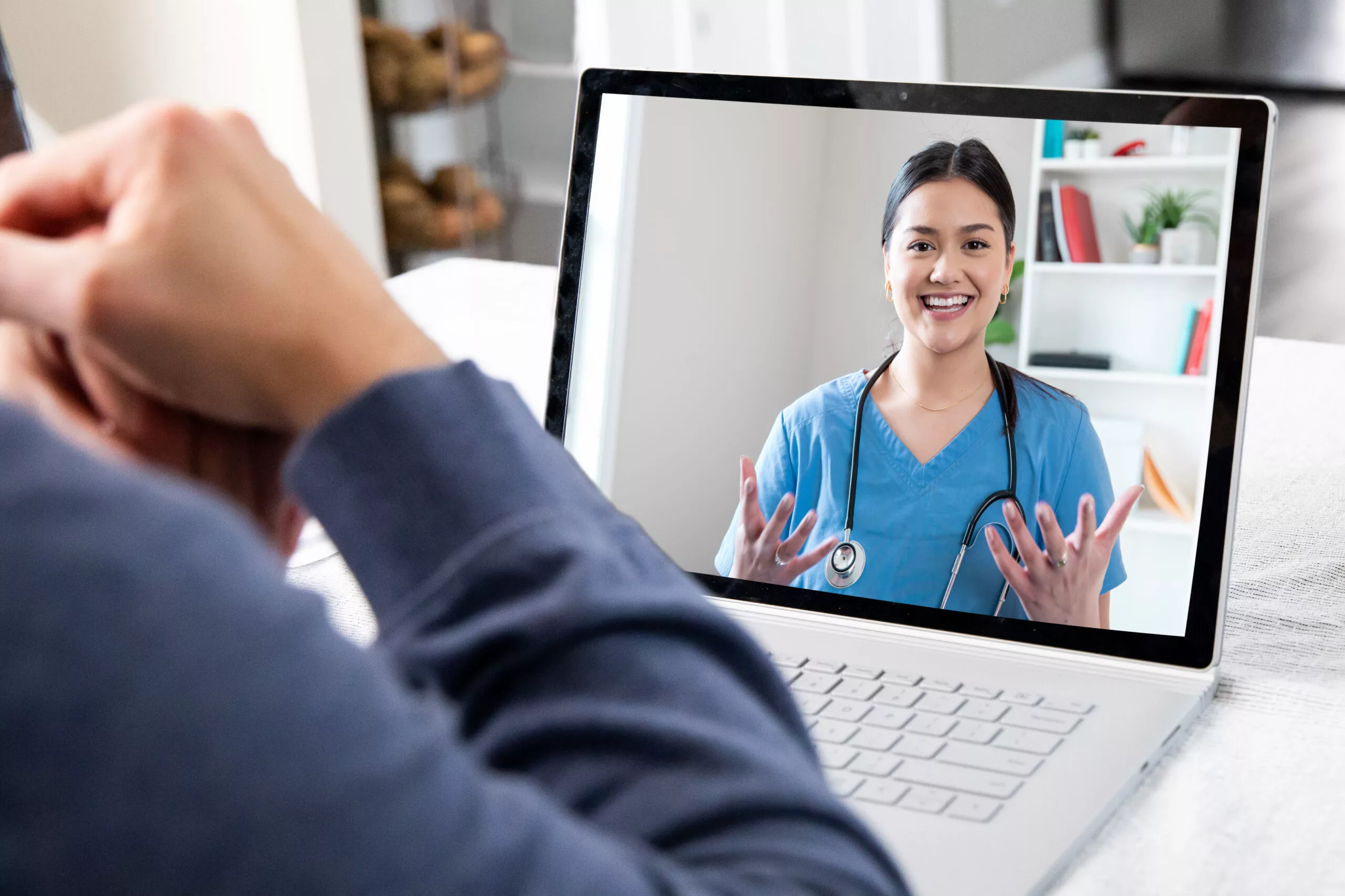
In 2020, COVID-19 swept through the world, changing the lives of millions of people every day. During this time, many wondered how there would be a continuation of medical services and mental health services.
Since this time, there has been a rapid increase in telehealth services that have been provided to clients for both physical and mental health concerns. This seemingly overnight introduction of telehealth has now introduced clinicians and patients alike to the positive side of telehealth, and how it has continued to prosper for the last three years.
Benefits of telehealth for the client
There are extensive benefits to continuing telehealth services, even after the pandemic. When clients use telehealth, it helps to provide convenience to the client, allowing them to access their doctors and clinicians from the comfort of their own homes. This allows for client flexibility to have an appointment without needing to drive to the provider, thus saving the client money for traveling expenses, especially if they may live in a rural area.
Overall, there has been an increase in improved client outcomes when using telehealth due to lower stress levels that typically would be higher when having to physically attend an appointment.
Clients have become more open to reaching out for medical care due to easy accessibility which helps to increase the continuity of care in the future.
Benefits of telehealth for providers
Not only is this valuable for the client, but there are also advantages for clinicians when using telehealth. There has been an increase in collaboration between providers, which helps to increase the pace of treatment times and case consulting between clinicians which reduces the cost of visits.
Using telehealth as a clinician can significantly reduce stress and has helped to lower the chances of becoming ill while working in an office setting. Clinicians are able to monitor symptoms more consistently for clients which help clinicians to provide a more personalized treatment plan to determine the best route for patient care.
The research that has been created about the values of telehealth is continuously being worked on by universities, researchers and students. Clinicians are able to reach underserved populations and in turn, can increase caseload.
Telehealth is typically more affordable and can harbor stronger client-clinician relationships. There is a decrease in no-show appointments, and the clinician can deliver more preventative care to clients.
Clients may not have to wait as long to be seen by a provider and will see reduced care costs in comparison to walk-in services or emergency room visits. Clients are able to work with their care team more closely and build rapport with clinicians.
Telehealth program near me
We may be unsure what the distant upcoming world may look like, but what we do know is that telehealth is here to stay. At Seeds of Hope, we offer teletherapy at any of our locations across southeastern Pennsylvania. Reach out today to get the help you or your loved one deserves.
Written By: Cara Toniola, Adult Intensive Outpatient Therapist


